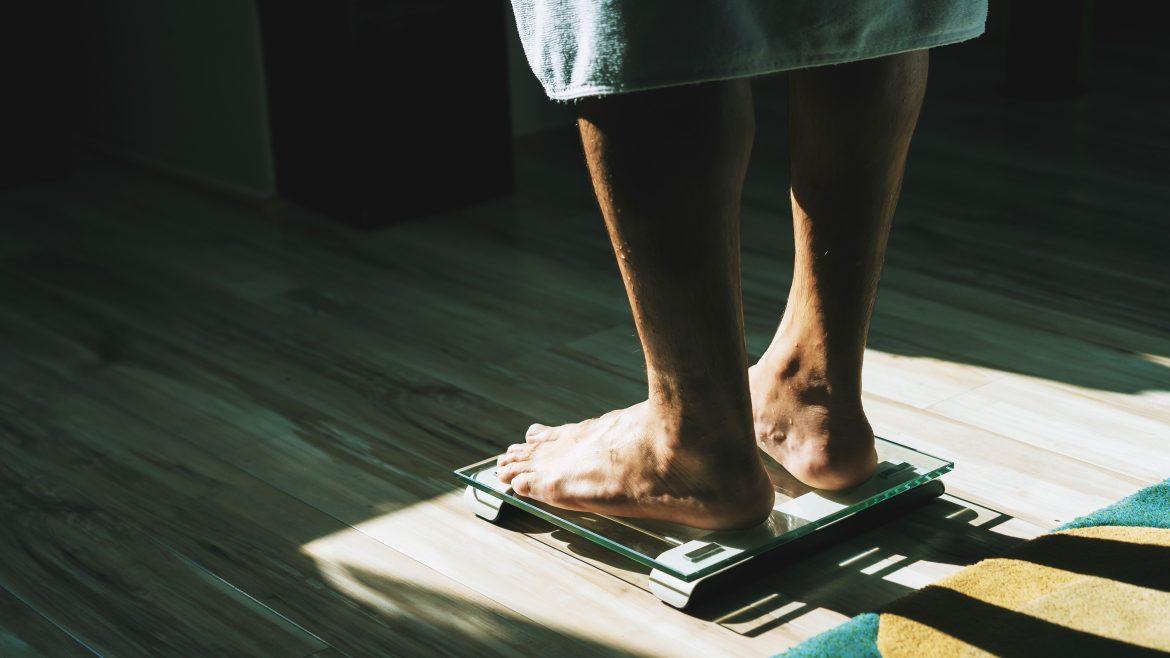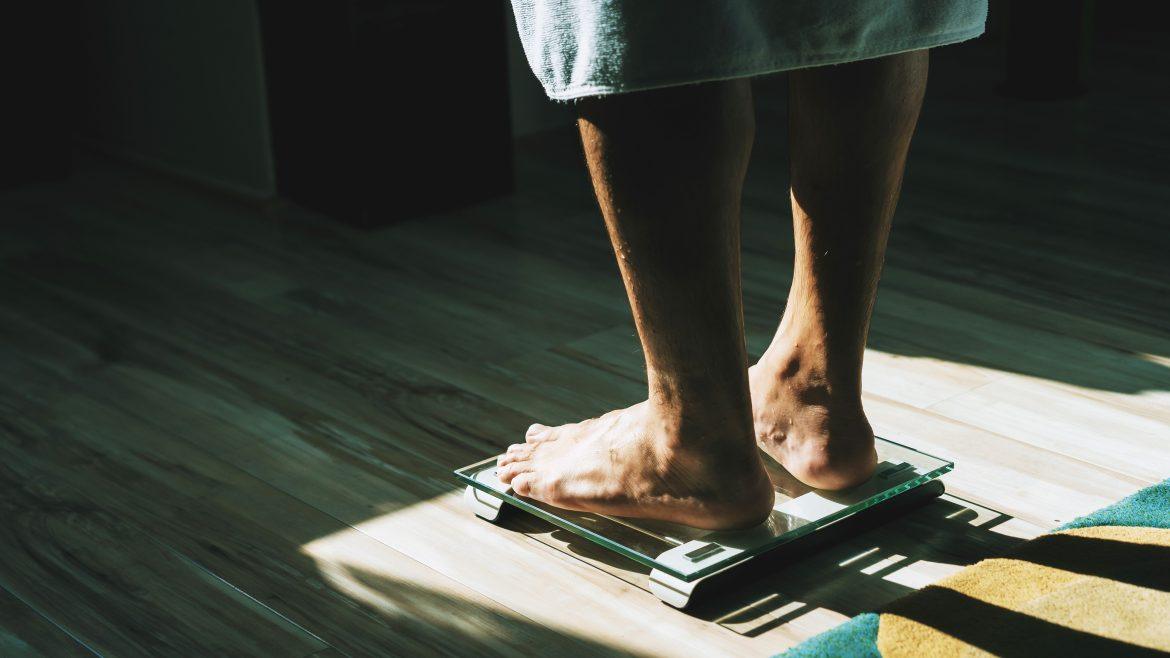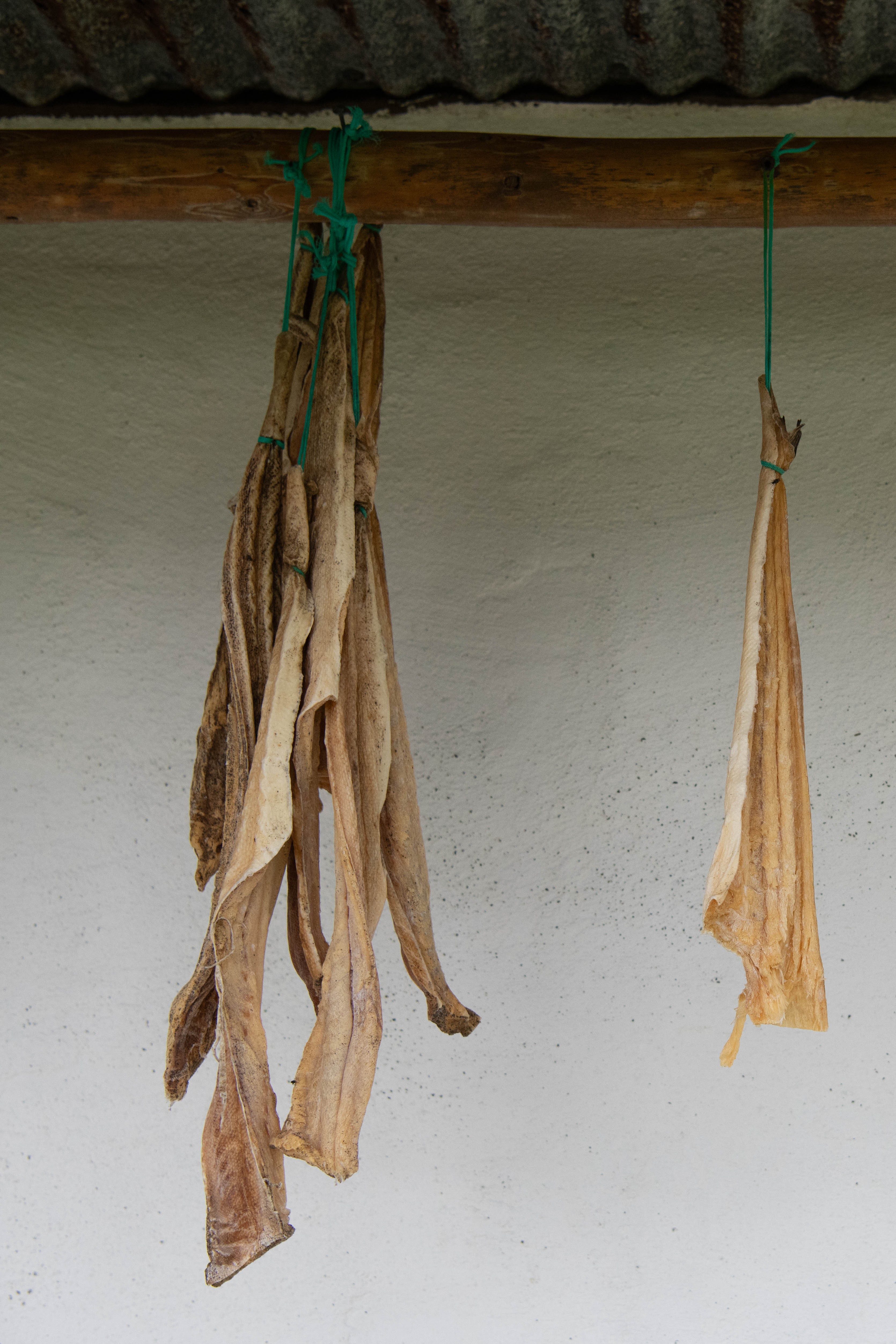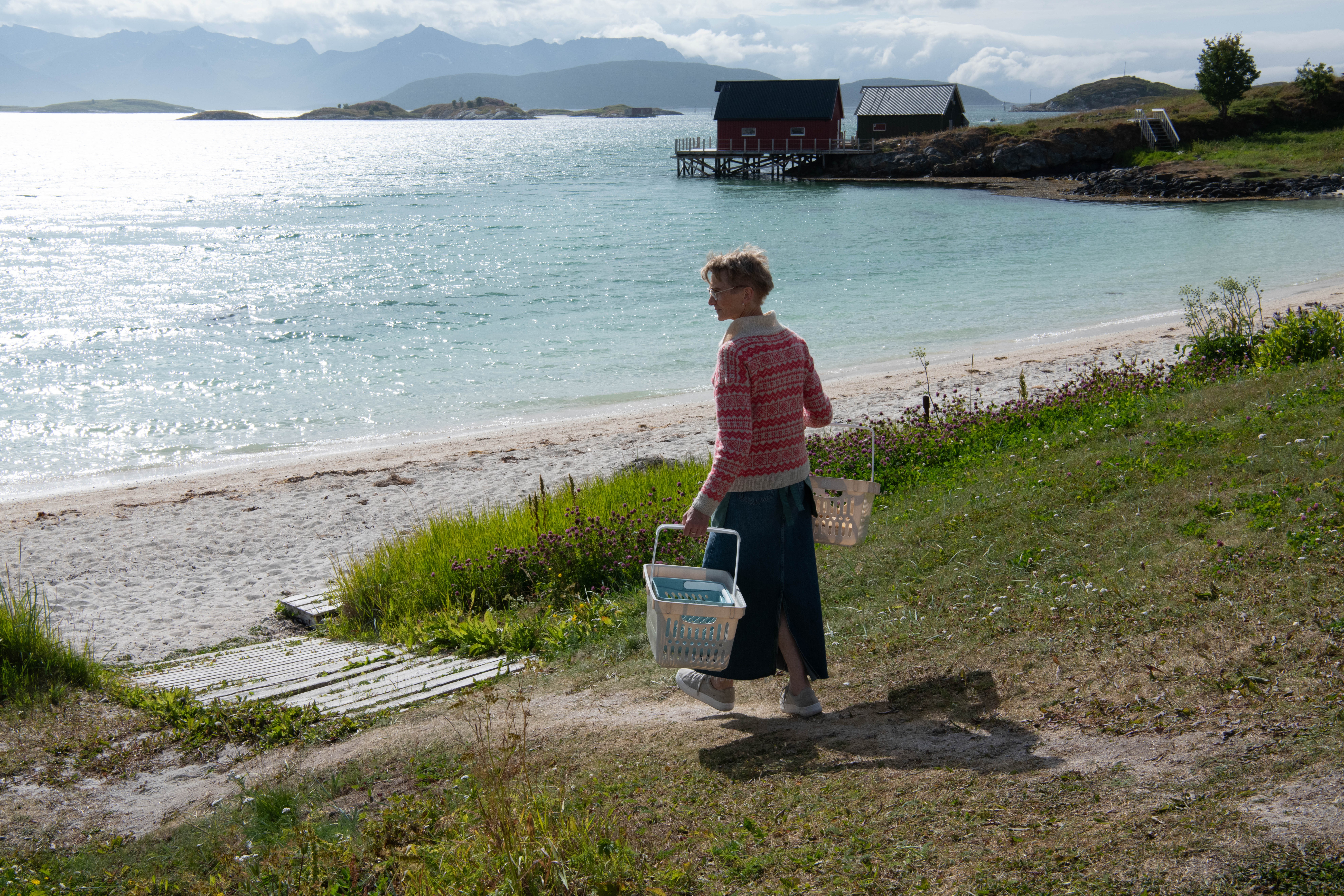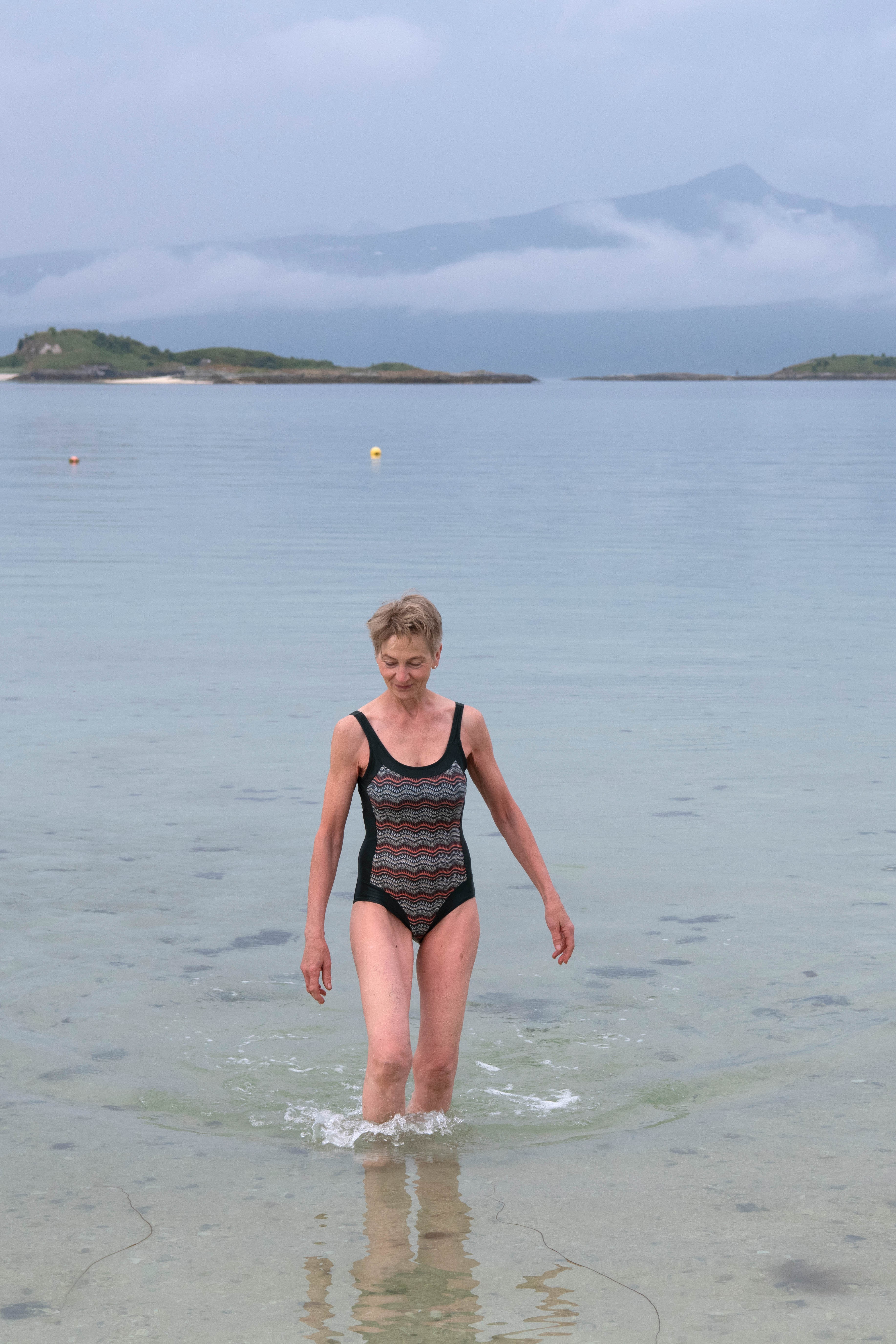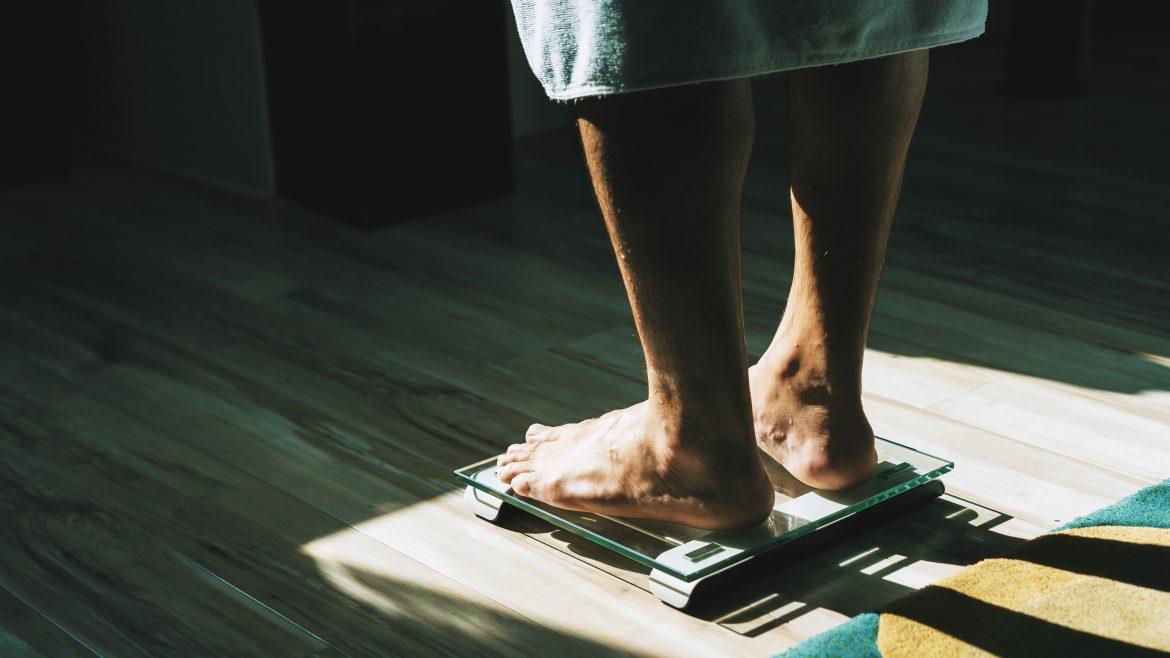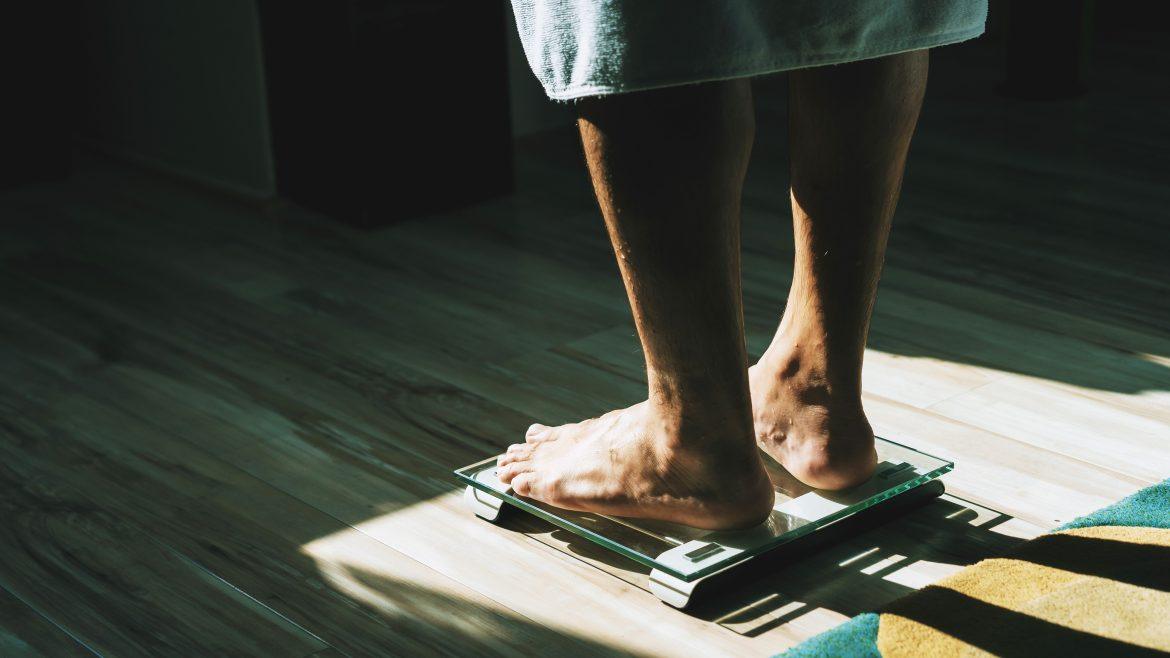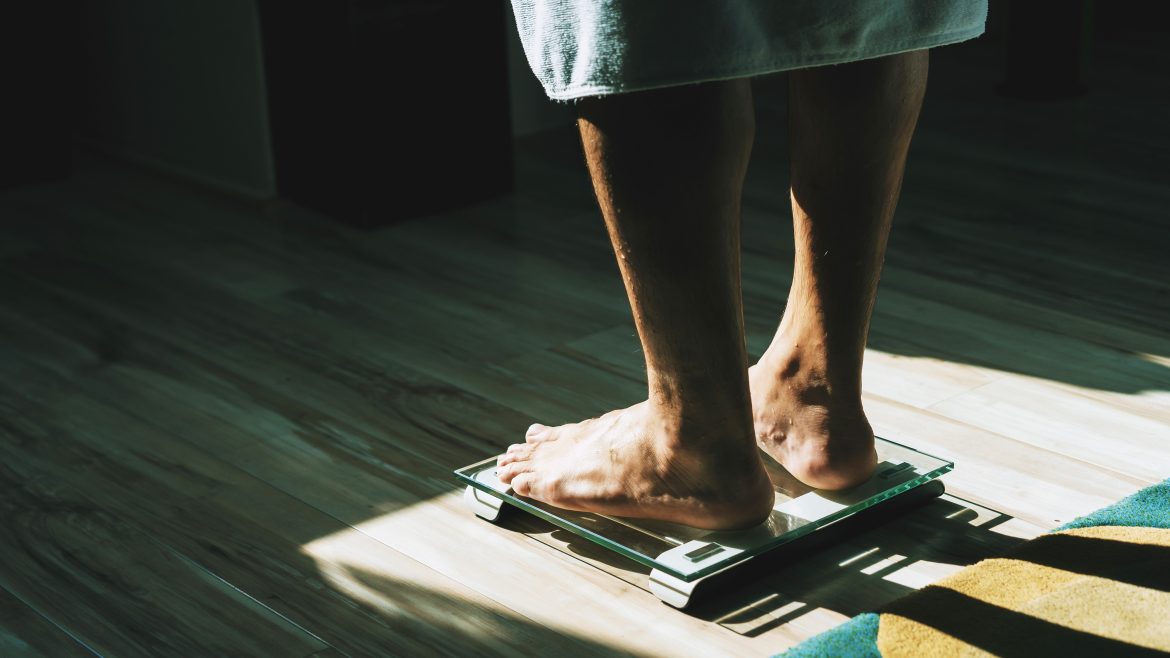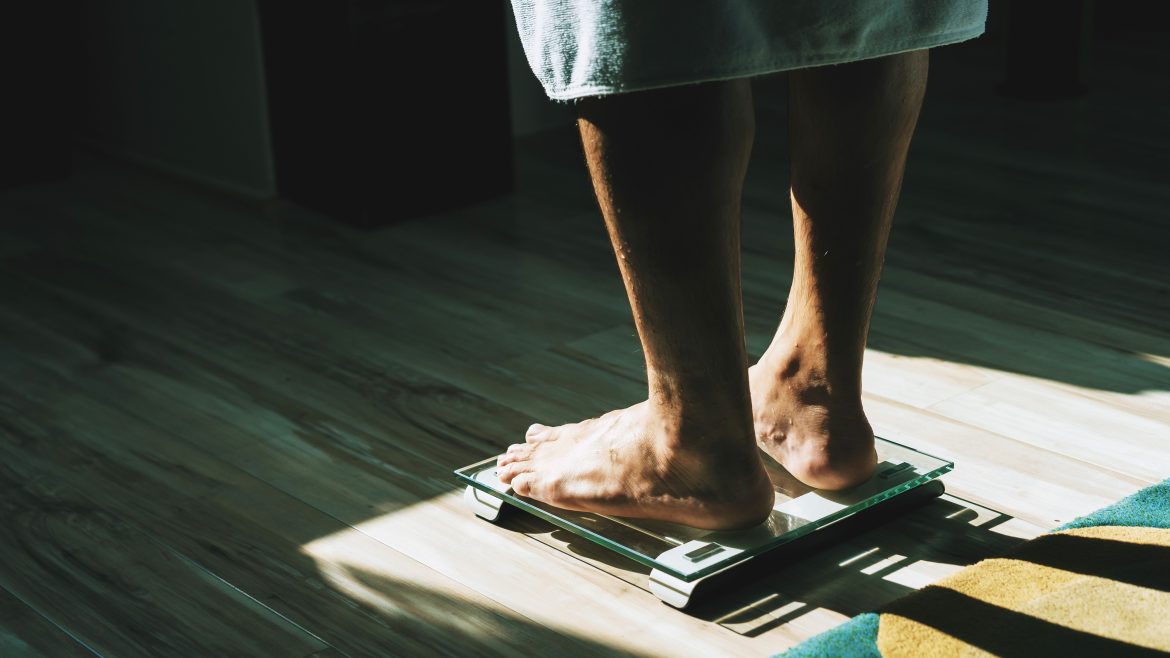After Katie started on Ozempic, she got her hairdresser interested, too. This summer, when they saw each other again, she thought that her hairdresser had lost some weight and that she looked “so great.”
“Are you still on a GLP-1?” she asked, referring to the class of blockbuster drugs that includes Ozempic and obesity meds.
“Actually,” her hairdresser replied, “I’m on a GLP-3.”
Okay, so, technically, there is no such thing as a GLP-3 drug. But “GLP-3” is a name used on the underground market for retatrutide, an obesity drug still being studied by the pharmaceutical company Eli Lilly. As the nickname implies, retatrutide is like a GLP-1 drug—but more, more, more. It’s more effective, has more modes of action, and induces more weight loss. It may in fact be the most powerful weight-loss drug ever created.
When early retatrutide data were presented at a medical conference in 2023, a scientist who was there told me, the usually staid audience burst into spontaneous applause. Two weeks ago, the first of the highly anticipated Phase 3 clinical-trial results corroborated the jaw-dropping initial numbers: Patients lost on average 71 pounds, or 29 percent of their body weight—double what people lose on semaglutide, which is better known as Ozempic or Wegovy. Some trial participants stopped retatrutide early because they had lost too much weight; they stopped, in other words, because the drug was too effective. As of now, retatrutide is still not approved, though. The FDA has yet to subject its safety and efficacy data to close scrutiny. You cannot get retatrutide from your doctor. You cannot buy it at a pharmacy.
“I’m a very by-the-book, ‘The doctor gives it to you; you take it’ kind of person,” Katie told me. (The Atlantic agreed to identify some sources by their first names only for reasons of medical privacy.) When her hairdresser first mentioned retatrutide in the summer, the Phase 3 results weren’t even out. “But she was just like, ‘It was incredible,’” Katie said. When she looked up retatrutide online, she came across people posting “insane” before-and-after photos.
Katie, who is 44, had been prescribed Ozempic by her doctor two years ago, but she was ready for something new: Her co-pay had just shot up from $20 to $700 a month. She was nauseated all the time, but she wasn’t losing any more weight after stalling at 30 pounds. So with her hairdresser’s help, Katie began ordering freeze-dried retatrutide online, mixing the white powder with sterile water, calculating dosages, and injecting herself with needles. She paid only a fraction of what Ozempic had cost her. Six months later, she’s lost another 20 pounds.
The catch, of course, is that her drugs do not come from Eli Lilly, nor do any of the drugs on the entirely unregulated underground market. No one is saying exactly where they do come from, but it’s commonly assumed that unnamed suppliers are copying Eli Lilly’s drug in China.
Over the past year, the underground market has only grown, in both size and visibility. What began with early adopters—many of them bodybuilders and biohackers—using crypto to buy the drug through Chinese contacts on Telegram has morphed into a network of slick websites where U.S. resellers take PayPal or credit cards. On social media, influencers openly hawk affiliate discount codes for “GLP-3” and “reta.” And retatrutide is spreading through old-fashioned word of mouth—like with Katie and her hairdresser—because its effects are just so visible.
The true scope of the underground market is by design difficult to know, but dozens of brands have popped up. Forums and group chats devoted to retatrutide have up to tens of thousands of members. In certain circles, retatrutide is almost normalized. Tyler Simmons, 36, who lives in Northern California and is a bit health obsessed, told me he personally knows 30 to 40 people on retatrutide.
Experts who study counterfeit and copycat pharmaceuticals tell me they cannot think of another drug that gained this level of popularity so fast, before its clinical trials even concluded. The people injecting underground retatrutide have entered—willingly, it seems—into an immense biological and social experiment.
This May, to understand the process, I purchased retatrutide from several online vendors I found easily through social media. (I did not intend to use any of the drugs, The Atlantic’s lawyers would want me to note for the record.) The process was disarmingly casual for something people were injecting into their bodies. It felt, in some cases, just like ordering socks. One vendor sent a Shop-app link to track my package.
There were some obvious signs that these are not entirely aboveboard operations, though. For one, the websites were plastered with disclaimers that their products were for “research use only.” These disclaimers satisfy a legal loophole that allows drug compounds to be sold for lab research but not for human use. Hence, sellers and buyers of retatrutide often refer to this as a “gray market.”
But in fact, people are plainly buying it to inject themselves. Though I sometimes saw commenters online use the fig leaf of saying “my lab rat” (which were losing comically large amounts of weight for rodents), most were discussing personal use quite openly. And vendors are not always coy about the true purpose. After the Substacker known as Crémieux wrote a popular guide to buying cheap weight-loss drugs—touting retatrutide as his top pick—one vendor, Peptide Partners, sent a discount code to share with readers: “ScrewTariffs” for 15 percent off.
A package I bought from another company, called Nexaph, originated in Indiana, according to the tracking info, but the return address on its label was in Wyoming. That address leads to a strip-mall office registered to an improbable 20,000 businesses. The cheapest retatrutide tends to come directly from China, though, sold via nebulous entities without websites. I bought one batch from a sales rep on Telegram for Jinan Elitepeptide Chemical Co. A week and a half later, I received a box for a face massager, sealed with a sticker that read, in Chinese, “Original packaging. Authentic product.” Inside were the 10 small unlabeled vials of white powder that I had ordered. (No massager, though.) None of the vendors responded to my subsequent request for comment, except R3JUVEN8, which sent me a statement reiterating that its products, including the retatrutide branded as “Radiant Sculpt” on its site, are “exclusively for laboratory research use.”
The vials I purchased came with no further information about who manufactured the powder or where. But China is home to a large, legitimate drug-manufacturing base, meaning it has the expertise to produce retatrutide. And even before retatrutide caught on, vendors linked to China were selling other peptides—a category of compounds that includes the obesity drugs semaglutide (Ozempic/Wegovy) and tirzepatide (Mounjaro/Zepbound), as well as substances, such as BPC-157, that are popular in fitness and wellness circles. Making another peptide would not be a huge leap; retatrutide as a molecule is not especially difficult for a knowledgeable chemist to copy.
The drug’s molecular structure has been public for years, since Eli Lilly published it in a research paper in 2022. It is essentially a chain of 39 amino-acid building blocks, its shape cleverly designed to fit into the receptors of three different hormones all at once: GLP-1, GIP, and glucagon. (This triple action is the 3 in GLP-3.) The existing obesity drugs on the market hit GLP-1 receptors or GLP-1 plus GIP receptors. Only retatrutide adds glucagon for the full trifecta.
Where earlier obesity drugs work primarily through appetite suppression, glucagon seems to also boost metabolism by revving up the liver. Put them together and the triple combo might achieve the best of all worlds: “You get a reduction in food intake, and you can turn the dial up and get a little better energy expenditure,” Jonathan Campbell, an obesity researcher at Duke, told me. In other words, fewer calories in and more calories out.
Scientists knew that retatrutide held promise, but when those astonishing preliminary results were shared in 2023, excitement spilled out from labs into the public. A new and more powerful obesity drug was coming, and some people, it turns out, could not wait.
“I’m a risk-taker,” Elizabeth, 62, told me. When she started buying reta in 2024, she had already tried semaglutide and tirzepatide, but she was eager to get her hands on the most effective drug. Back then, the underground market operated much less openly. She had to find a Chinese sales rep on WhatsApp, then transfer hundreds of dollars for several months of supply.
As a biologist herself, Elizabeth was comfortable working with needles and reading scientific papers. She modeled her dosing regimen on the clinical-trial protocol. When her heart began racing, she accepted it as a documented side effect of retatrutide. She has lost more than 100 pounds in the past two and a half years—first on the two older drugs and the last 50 or so pounds on retatrutide. After a lifelong struggle with obesity, she told me in May, these are “some of the most amazing events of my whole life.”
For that, she was willing to risk not just her money, but the potential downsides—both known and unknown—of taking retatrutide, a novel yet clearly powerful drug. The full Phase 3 clinical-trial results should provide a clearer picture soon, but one noteworthy finding so far is dysesthesia, or odd sensations in the skin, such as burning and pain, that suggest unrest in the nervous system. One in five patients on the highest dose of retatrutide experienced dysesthesia, roughly triple its occurrence among patients taking semaglutide’s current maximum dose.
Retatrutide causes many of the other side effects of drugs in its class, too: nausea, diarrhea, vomiting, and more serious ones. Adrian Crook, a fitness influencer on YouTube, made a video about how retatrutide almost landed him in the hospital when his stomach became paralyzed. And Elizabeth says she has lost quite a bit of muscle on the drug. “I’m as weak as a kitten,” she told me.
Then there are the risks of injecting drugs sold for “research use only” on the underground market. These include, but are not limited to, the fact that the vials might contain: a different weight-loss drug or an entirely unknown substance, either benign or harmful; dangerous bacteria or traces of bacteria called endotoxins; the wrong dose, whether too low (and therefore ineffective) or too high (which could cause side effects of alarming intensity, because retatrutide is supposed to be slowly titrated up over as many as 20 weeks as your body acclimates to the drug); or other contaminants, such as solvents used in manufacturing or heavy metals.
“All of this stuff just scares the crap out of me,” Randy Seeley concluded after enumerating the potential dangers to me. Seeley, who studies obesity at the University of Michigan, uses peptides for research in his lab, and even the stuff sourced to legitimate scientific-supply companies doesn’t always work as expected, he said. Compounds manufactured for the petri dish are not held to the same strict standards as those made for human use.
It’s not quite fair to say the underground market comes with zero accountability, though. Certain corners, at least, have developed a robust culture of lab testing. A handful of labs—the Levi Strausses of the peptide gold rush—now specialize in testing these compounds. Many vendors post “certificates of analysis” attesting to their purity and sterility. Buyers can send vials to laboratories themselves, either as part of an organized group test or on their own. Some vendors will even refund batches that fail. Without testing, Marco, 53, told me, he would never have injected retatrutide from the internet. (Marco is his middle name.) The tests may not cover every hypothetical risk, but they make it safe enough to assure him. “There’s a lot of people who just get these things and shoot them,” he said. “I don’t judge them in any way, but I think those people are out of their minds.”
The tests, insofar as they are reliable, do flag problems. According to Finnrick Analytics, a start-up that provides free peptide tests and publicly shares the results, 10 percent of the retatrutide samples it has tested in the past 60 days had issues of sterility, purity, or incorrect dosing. Two other peptide-testing labs, Trustpointe and Janoshik, have said in interviews with Rory Hester, a.k.a. PepTok on YouTube, that they see, respectively, an overall fail rate of 20 percent and a 3 to 5 percent fail rate for sterility alone across all peptides. These are not based on random samples—labs test only what their customers send. On the whole, though, these numbers suggest that, although most of the retatrutide flowing through the underground market is what vendors promise it is, the drugs also fail testing at rates far, far higher than is acceptable in standard drug manufacturing.
As retatrutide has grown in popularity, the people seeking it out are no longer just self-professed risk-takers. “The future of the market is normies,” Hester, who also writes the peptide-focused Substack Gray Market, told me. The world of Telegram, Discord, and WhatsApp—what Hester calls the “dark gray” peptide market—is by design somewhat inaccessible. “Your grandmother is not going to go on Telegram,” he said. The customer-friendly U.S.-based sites that he calls “light gray” can appeal to a much larger audience. Hester is putting his money where his mouth is. Earlier this month, he announced that he co-owns the peptide company Crush Research.
But the size of the gray market may be fundamentally at odds with its viability. The bigger it gets, the more people are injecting themselves thanks to a legal loophole, and the harder it may be for authorities to ignore. (The FDA did not respond to a request for comment. Secretary of Health and Human Services Robert F. Kennedy Jr. has previously promised to reverse the FDA’s “aggressive suppression” of peptides—along with psychedelics, raw milk, sunshine, and other treatments that “can’t be patented”—though it’s unclear how that applies to retatrutide specifically, which is in fact patented.) And not everyone in the gray market welcomes the attention or the scrutiny that follows. As Finnrick has been posting test results by vendor, its COO, Raphaël Mazoyer, told me, online commentators have accused the company of being an agent of the FDA and the Chinese government. (He denied both.)
A week ago, rumors started swirling, as they periodically do, of a coming U.S. crackdown. Some buyers online dismissed them as an attempt to juice panic buying. Several websites did stop selling retatrutide, though.
The “dark gray” market is not as easily within the grasp of U.S. authorities, but it’s been a turbulent few months there, too. In September, two of the most popular retatrutide suppliers from China abruptly disappeared. Their sales reps stopped replying to messages, stranding buyers who had already paid hundreds of dollars. Rumors later spread of arrests in China. Then, in November, a third vendor’s retatrutide allegedly landed two people in the hospital, according to warnings that spread on social media. The company blamed a raid for interfering with the quality of its drugs. Someone started impersonating its sales rep by using a sneakily similar username. Later, when no further details came out, online commentators started wondering if the hospitalizations were just a hoax. It’s hard to know what is real and what is fake, but that is the nature of an underground market. New vendors keep popping up, like a game of whack-a-mole.
Meanwhile, the frenzy over retatrutide has kicked into even higher gear since the Phase 3 results were announced this month. When the FDA approves the drug, which is widely expected, it will arrive as possibly the most hotly anticipated drug ever. The retatrutide buyers I interviewed said they welcome the legitimate stuff—though they expect it to be incredibly expensive. Marco, whose insurance actually covers obesity drugs, told me he will happily keep buying on the underground market for friends who otherwise can’t afford retatrutide. In any case, he’s stocked up. “I have a year’s supply of reta in my freezer,” he said.
GLP-1 drugs are, in general, meant to be taken indefinitely, but recently, Elizabeth told me she was going to quit retatrutide, at least temporarily. She had reached her goal weight—what she weighed in high school 45 years ago. “Incredible but I feel lousy,” she wrote. She was experiencing both extreme fatigue, which she couldn’t directly attribute to retatrutide, and anhedonia, or an inability to feel pleasure, which is anecdotally linked to GLP-1 drugs in some people. “Would you trade happiness for thinness? Does it have to be one or the other?” she wrote. “At this point, I’m beginning to wonder.” The psychological effect of these drugs really needs to be studied, she added. At this point, a year and a half in, she has been taking retatrutide longer than patients in the concluded clinical trials. She’s hoping to try a lower dose, perhaps one at which she can maintain her weight without feeling so lousy.
Elizabeth has never told her doctor about taking an unapproved drug or buying from the underground market. This whole time with retatrutide, she’s been figuring it out on her own.

